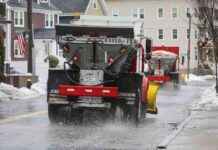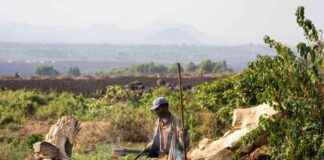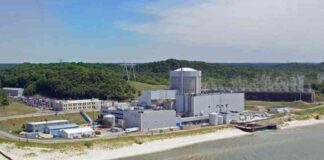The narrative of climate change is deeply intertwined with how we perceive the world around us. Our perceptions shape our understanding of climate change, influencing how we view its impact on our lives. The use of imagery plays a crucial role in communicating the complexities of climate change to a wider audience. However, the images chosen to represent climate vulnerability can often perpetuate existing stereotypes, impacting how different populations perceive the risks associated with climate change.
Reframing Climate Vulnerability
When we think of climate vulnerability, we often conjure up images of “brown women and children” in developing countries, standing in floodwaters or facing other environmental calamities. These images, commonly found online, reinforce the narrative of vulnerable populations being primarily located in the Global South. However, this limited representation fails to capture the full spectrum of individuals impacted by climate change.
An example of this disparity can be seen in the portrayal of two climate victims – Fuli Khatun from Bangladesh and Mary Long-Dhonau from the UK. While Khatun is depicted as a distressed victim of flooding, Long-Dhonau is presented as a resilient campaigner despite facing multiple flood-related challenges. This contrast highlights the narrow lens through which climate vulnerability is often viewed, focusing on those already marginalized within society.
Shifting Perspectives on Climate Vulnerability
The prevailing narrative in the UK and other developed countries often portrays climate vulnerability as a distant issue affecting only faraway lands. However, the reality is that climate change is already impacting these regions as well. The UK has witnessed a rise in extreme weather events, including increased rainfall intensity and coastal erosion. Despite these visible signs of climate change, there is a pervasive belief that affluence provides a shield against its effects.
The interconnected nature of our world means that climate-related disruptions in one part of the globe can have far-reaching consequences, affecting food supplies, energy prices, and overall stability. The recent floods in Valencia and wildfires in LA serve as stark reminders that no region is immune to the impacts of climate change. Yet, the narrative of vulnerability remains entrenched, hindering efforts to address the urgent need for adaptation and mitigation strategies.
As we grapple with the escalating effects of climate change, there is a growing recognition of the need to challenge existing perceptions of vulnerability. By acknowledging that climate change is a shared challenge that transcends borders and socio-economic divides, we can begin to shift the narrative towards a more inclusive and proactive approach to addressing climate risks.
In a poignant reflection on the future of humanity, professor Kevin Anderson warns of the dire consequences that await us if we fail to take meaningful action to curb climate change. As temperatures continue to rise, the urgency of the situation becomes increasingly clear – nobody is safe from the catastrophic outcomes that loom on the horizon.
As we navigate the complexities of climate vulnerability, it is essential to confront the biases and assumptions that underpin our understanding of this critical issue. By broadening our perspective and embracing a more holistic view of climate change, we can pave the way for a more resilient and sustainable future for all.














